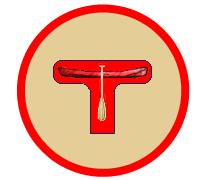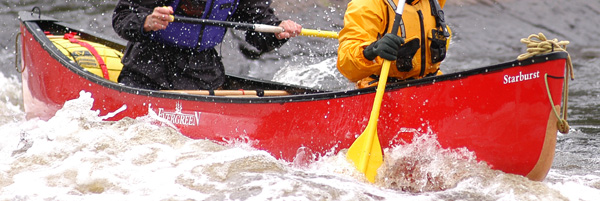

There are so many types of canoes made by many manufacturers. Even canoes based on the same design can be very different between manufacturers. So what canoe should you buy?
That is the question I have been asking myself over the past two years as I journey through the maze of options available to me. What canoe did I finally choose? Answer at the end of this page. (Can't wait? Click here.)
Unfortunately there is no one perfect canoe. Each canoe serves a purpose and has its advantages and disadvantages. The following are some things to consider when making a purchase.
Material
Apr 2021 to present: Canoes made from T-Formex have quite a few years of real-world use. T-Formex is proving to be a fine Royalex successor.
Sep 2017: Canoes made from T-Formex having been hitting the market and early reviews are in. Some examples:
So you've decided that a Kevlar canoe is for you. That was easy! Or was it? You must now consider how the Kevlar cloth is turned into the shape of a canoe.
In Kevlar and composite canoe construction a resin is used to infuse (i.e. soak) the cloth (Kevlar or other). When the resin cures it hardens into the desired shape. The following resins are generally used in the making of a canoe:
Shape
The shape of the canoe's hull is what determines the characteristics of the canoe on the water. Some of the characteristics that you will want to consider are speed, tracking (tendency to go in a straight line - or not), stability, load capacity, and turning. Unfortunately a design that improves one of these characteristics usually negatively affects one or more of the others. There is no perfect design. You need to decide what characteristic is most important to you and choose a design that maximizes that characteristic.
Some characteristics to consider are:
So? What did I finally choose?
Two canoes actually.

